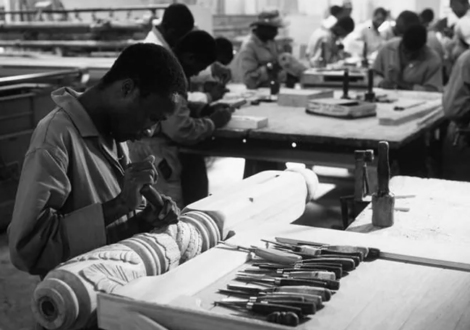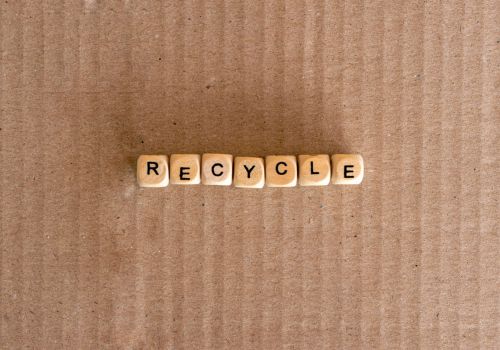As the global emphasis on sustainability grows, industries across the board are adapting their processes to be more eco-friendly – and the billiard table manufacturing industry is no exception. From sourcing materials to production techniques, manufacturers are implementing innovative strategies to reduce their environmental footprint. Here’s a look at how sustainability is reshaping the billiard table manufacturing process.

1. Energy Efficiency
From the machinery used in the production process to the lighting in the manufacturing facility, energy efficiency is becoming a major focus. Manufacturers are investing in energy-efficient machinery and lighting systems, and some are even harnessing renewable energy sources to power their operations.

2. Eco-Friendly Packaging
Packaging is another area where sustainability is having an impact. Instead of using materials like styrofoam and plastic, which are harmful to the environment, manufacturers are transitioning to eco-friendly alternatives. These might include recycled cardboard, biodegradable packing peanuts, and other sustainable packaging materials.

3. Sustainable Material Sourcing
One of the primary ways sustainability is impacting the industry is in the sourcing of materials. Manufacturers are increasingly choosing sustainable sources for wood, such as certified forests where trees are replanted to replace those that are cut down. Additionally, manufacturers are exploring other eco-friendly materials like recycled metals and low-VOC finishes.

4. Efficient Manufacturing Processes
Billiard table manufacturers are optimizing their manufacturing processes to be more efficient and reduce waste. This might include using computer-aided design (CAD) and manufacturing techniques to minimize waste in the cutting process, or implementing lean manufacturing principles to streamline production and minimize energy usage.

5. Responsible Disposal and Recycling
Manufacturers are also considering the end-of-life phase of their products and seeking ways to make disposal more sustainable. This might involve designing products to be easily disassembled so that components can be recycled, or implementing take-back programs where old tables can be returned for refurbishment or recycling.

6. Education and Transparency
Finally, billiard table manufacturers are recognizing the value of educating their customers about sustainability and being transparent about their own sustainability efforts. This can involve providing information about the sustainable materials and processes used in their products, or publishing sustainability reports detailing their environmental impact and ongoing efforts to reduce it.
Conclusion
As the world continues to grapple with the challenges of climate change and environmental degradation, the importance of sustainable practices in manufacturing cannot be overstated. Companies like Presidential Billiards are embracing these changes, recognizing that sustainability is not just good for the planet, but also for business. By making conscious choices at every step of the manufacturing process, from material sourcing to end-of-life disposal, the billiard table manufacturing industry is playing its part in building a more sustainable future.
FAQ’s
How are billiard table manufacturers incorporating sustainability into their material sourcing and production processes?
Presidential Billiards incorporates sustainability in several ways: we source eco-friendly materials like sustainably harvested wood and recycled metals, reducing the environmental impact of our products. We are also adopting energy-efficient production processes and minimize waste by recycling scraps and using biodegradable packaging. Additionally we invest in local communities to further enhance our sustainability efforts.
What innovations in energy efficiency and eco-friendly practices are being implemented in billiard table manufacturing facilities?
In billiard table manufacturing facilities, innovations in energy efficiency and eco-friendly practices include the use of renewable energy sources like solar or wind power to reduce carbon footprint. Advanced manufacturing technologies are being employed to minimize waste, with computer-aided design and manufacturing ensuring precise material usage and less scrap. Additionally, facilities are adopting recycling programs for materials like wood, metal, and packaging, and using environmentally friendly varnishes and adhesives to reduce harmful emissions. These practices not only make the production process more sustainable but also contribute to the broader goal of reducing the environmental impact of the manufacturing industry.
How does the focus on sustainability affect the end-of-life management of billiard tables, and what role do consumers play?
Product design for disassembly is one approach, where tables are constructed in a way that facilitates easy disassembly, allowing materials like wood, slate, and metal to be recycled separately. By opting for these responsible disposal and recycling, consumers help reduce waste and contribute to the circular economy in the billiard table industry.

